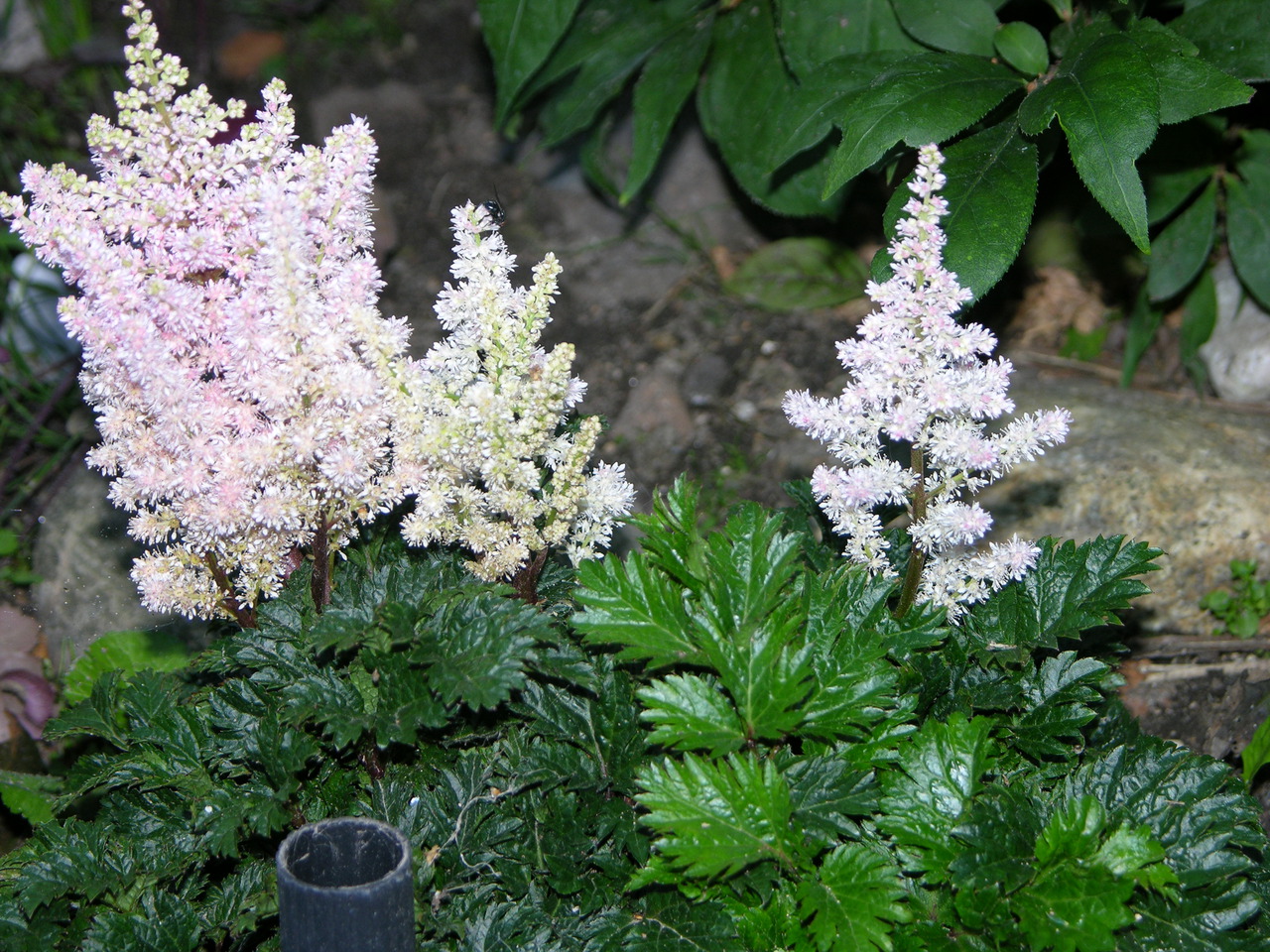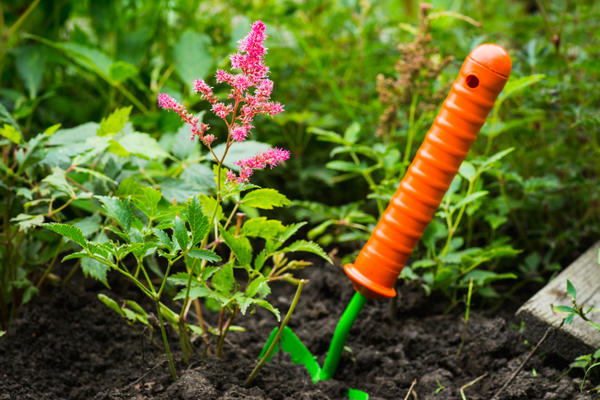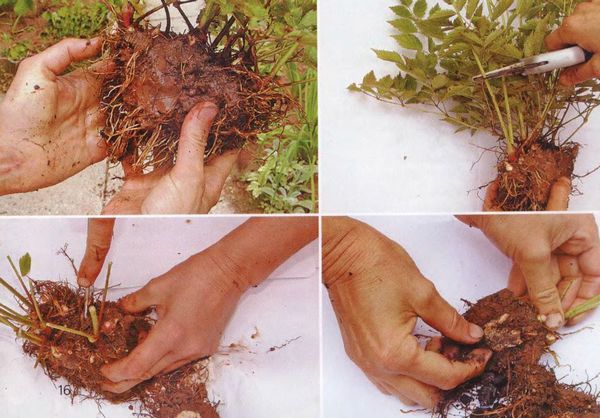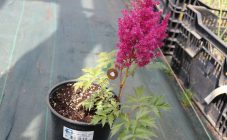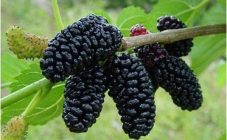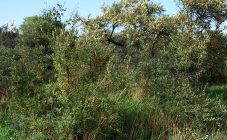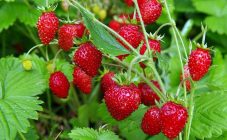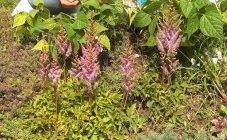Content:
Astilba is a herbaceous perennial plant. In its natural environment, it grows in the eastern territories of Asia and North America. It has more than 40 species, and the number of varieties is close to 500.
The flower is quite decorative. Dense green or reddish serrated leaves and buds, which are collected in inflorescences of white, pink or red shades, are attractive in it. The flowering of the plant lasts from June to the end of August. Moreover, the bushes do not lose their attractiveness even after it.
Gardeners appreciate this flower not only for its long and lush flowering, but also because of its simplicity. Astilba grows in the shade, in conditions of strong soil moisture, winters well without shelter. It is indispensable when decorating a flower garden in dark corners of the garden or under the canopy of tall trees. Good in flower arrangements near water bodies.
When breeding this culture, it must be borne in mind that the ground part dies off in winter, and in the spring several buds grow from the rhizome with a growing point above the ground, that is, the rhizome grows from above. Astilbe flower, reproduction of which occurs by dividing the bush, needs protection of the root system. Therefore, every autumn it is necessary to add soil to cover these points so that the roots do not freeze.
General information on growing astilba
There is nothing special about growing astilba. Care is minimal, growing conditions are the most affordable.
Landing place
The culture grows well in the shade. A lacy shade from large trees is ideal for optimal development. Direct rays are allowed only in the morning and evening hours. It is even better if the site is near a reservoir. The close occurrence of groundwater will contribute to abundant and long-term flowering.
There are varieties that grow and bloom in the sun, but it is noted that their flowering is not long and they should be mulched more carefully.
Soil and its preparation
Prepare the soil before planting the plant. This includes digging, clearing weeds and debris from other plantings, and introducing organic matter. For 1 m² of area, you will need about 20 liters (2 buckets) of compost or humus. A couple of handfuls of wood ash should be added directly to the planting holes. If desired, you can add mineral fertilizers (about 10 g).
Landing
The second half of May is most suitable for landing in open ground. The root of the plant is placed in the prepared pits (about 30 cm deep) and filled with soil mixed with organic matter in advance. After the soil is compacted, a layer of mulch (peat, humus) is poured onto the root zone. The layer thickness should be at least 5 cm. This is very important to retain moisture during irregular watering. Loose mulch will also help prevent overheating of the root system.
Watering and wintering
The decorativeness of the flower largely depends on the moisture content of the soil. Even short-term drying out of the soil will negatively affect the quality of flowering. The leaves also suffer from a lack of moisture. In extreme heat, it is recommended to water the bushes daily and abundantly.
Preparation for wintering culture is:
- in removing the aerial part of the plant;
- mulching the root zone;
- covering young plants (1-2 years old) with spruce branches or other natural material.
Adult plants do not need insulation.
Top dressing
In the year of planting, astilbe does not need fertilizer. In subsequent years, it is already necessary to make additional feeding. With excessive dryness of the soil, peat or rotted organic matter is required. At the beginning of the season, nitrogen supplements are useful (it can be combined with urea or ammonium nitrate), and before flowering and in the fall after flowering, the plant should be fed with potassium-phosphorus fertilizers.
Transfer
The plant can grow and bloom as much as possible in one place for 5 years. After this period, the decorative qualities of the flower decrease every year. Since astilbe grows rapidly, 4-5-year-old specimens should be divided and transplanted to a new place. It is better to do this in March.
Reproduction of astilba
So when can you divide the astilbe and sit it outdoors? It is recommended to propagate the culture by dividing the rhizomes or by buds (cuttings). Both methods are applied in the spring. When dividing a bush, at least 4 buds are required on each division. After the procedure, the bush is immediately planted in a permanent place.
Timing of dividing astilba and seating in the open field
The optimal time for dividing the bush is August or early spring (first half of May). At what time and how astilba reproduces depends on the flowering period of the variety. Species blooming in spring should be divided and planted in autumn, and if flowering occurs in August, next spring. Astilba roots are very hard, so it is better to use a hacksaw or a sharp shovel to divide it. For disinfection, the sections should be immediately sprinkled with ash, crushed coal or cinnamon powder. There is no need to dry the cuttings. They must be immediately planted in prepared holes, mulched and watered well.
Division algorithm
Adult bushes with an overgrown root system are subject to division. The autumn division is different from the spring one. Here's how to propagate astilba in the fall:
- the ground part of the plant is cut off;
- the rhizome is dug up;
- depending on the presence of living buds, the root is cut (with a shovel, knife, hacksaw) into several parts;
- the lower dead areas of the rhizome are removed;
- the cuts are sprinkled for disinfection (coal, ash).
When planting a new bush, follow the deepening of the bud growth point. It should not exceed 7 cm from the ground.
Propagation of astilba by cuttings
It is impossible to propagate astilbe by cuttings in the generally understood sense of the word; it is customary for culture to call them fresh rosettes with 2-3 leaves. They are located on the top layer of the rhizome.
The procedure for propagation of astilbe "cuttings":
- separate the young shoots together with the root;
- process the cuts with crushed coal;
- plant the rosettes in a wet soil mixture (peat 3 parts and sand 1 part);
- cover with a glass or plastic cover;
- water.
Tips from experienced florists
Experienced gardeners recommend:
- Aging of the culture can be slowed down if the buds are not allowed to go outside, that is, to regularly spud the bush.
- If every season you add fertile soil to the root zone of the plant, the transplant can be postponed for 3-4 years.
- You can update the old bush by partially digging out the rhizome and filling the voids with fertile soil. This procedure can be repeated every 2 years.
If you start astilba in your garden, you can effortlessly decorate areas that are inconvenient for most cultures. The flower is not afraid of moisture, it tolerates shade well, besides, it blooms for a long time and magnificently. A variety of varieties and varieties can satisfy the needs of everyone, and ease of care and ease of reproduction are available even to beginners!
